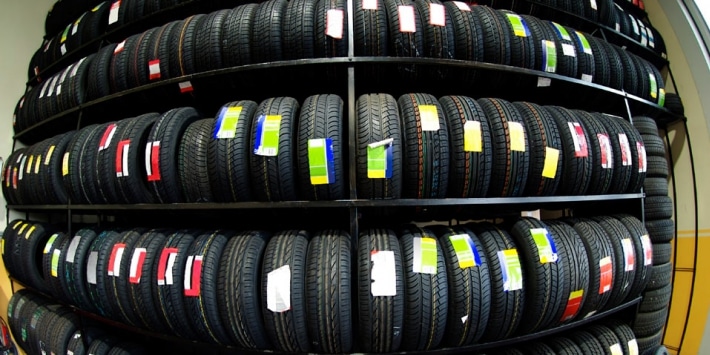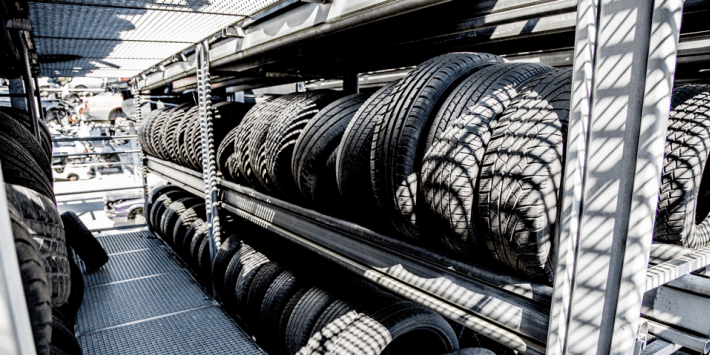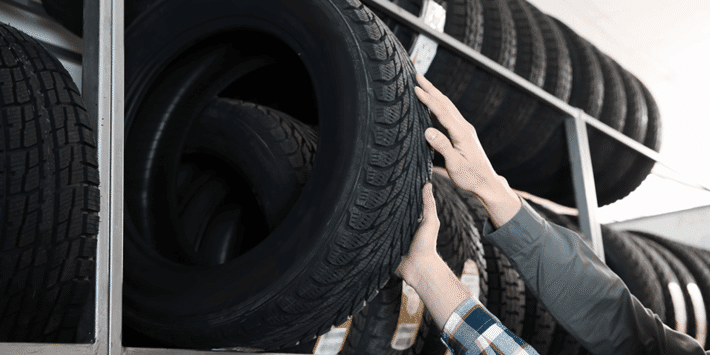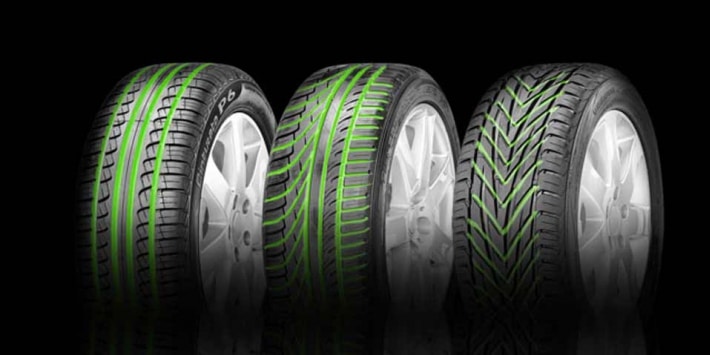Does rolling resistance really matter? You have probably noticed that rolling resistance is one of the criteria on the EU tyre label. But what is it, and how can it help you choose the tyre you need? We tell you all you need to know...
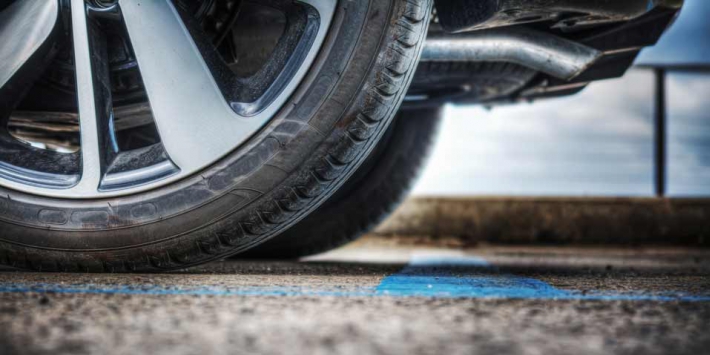
What is rolling resistance?
For tyre labelling purposes, rolling resistance is the criterion used to rate tyres for fuel efficiency. In simple terms, it is the friction between your tyres and the road on which you are driving.
Under the weight of a vehicle, tyres deform slightly where in contact with the road. This deformation produces a resistance as the vehicle moves forward: this is the rolling resistance.
What impact does rolling resistance have on fuel consumption?
The higher the rolling resistance the more fuel your vehicle will consume. If you have ever ridden a bicycle with under-inflated tyres, you’ll probably have noticed that you had to pedal harder than with correctly inflated tyres. The same is true for vehicles: the higher the rolling resistance, the more energy your engine has to supply to move forward. If you want to save fuel, it’s in your best interest to buy tyres with a low rolling resistance and to ensure they are always inflated to the correct pressure.
The EU tyre label rates rolling resistance on a scale from A to E, A being the highest rating and E the lowest.
What factors affect rolling resistance?
6 main factors have an impact on rolling resistance and therefore your fuel consumption:
- Tyre composition: Tyres with a high silica content rubber compound have a lower rolling resistance.
- Wheel weight: The lighter the wheel (tyre + rim), the lower the rolling resistance and the more fuel you save.
- Tyre sidewall stiffness: The stiffer the sidewalls, the less your tyres deform as they come into contact with the road, which lowers the rolling resistance.
- Tyre pressure: When your tyres are under-inflated, rolling resistance is higher. Don’t forget to check the pressure of your tyres once a month!
- Tyre wear: Contrary to what you might expect, a new tyre is less efficient than a worn tyre in terms of rolling resistance. In fact, as tyres wear down, they lose material and are therefore less resistant to rolling. In terms of resistance, the difference between a new tyre and a worn tyre is around 20%. That said, this gap narrows quickly once the tyre is run-in as does the difference in fuel consumption.
- Road surface quality: Unfortunately, this is a factor you can’t do much about but which also has an impact on rolling resistance.
How is rolling resistance calculated?
Rolling resistance is measured in a laboratory in accordance with strict ISO standards. It can be expressed in two ways:
either
- as a force measured in Newtons,
or
- as a coefficient.
The advantage of the coefficient is that it allows all tyres to be compared, irrespective of the vehicle they have been designed for. The rolling resistance coefficient (RRC) is the ratio between the rolling resistance force (in Newtons) and the load on the tyre (in kN). This coefficient helps explain why some drivers prefer wide tyres, as tyres last longer when the resistance and stresses are spread over a larger surface area.
rezulteo tip:
When buying tyres, pay attention not only to the safety criteria of the tyre, but also to the rolling resistance, especially when driving an electric car.

